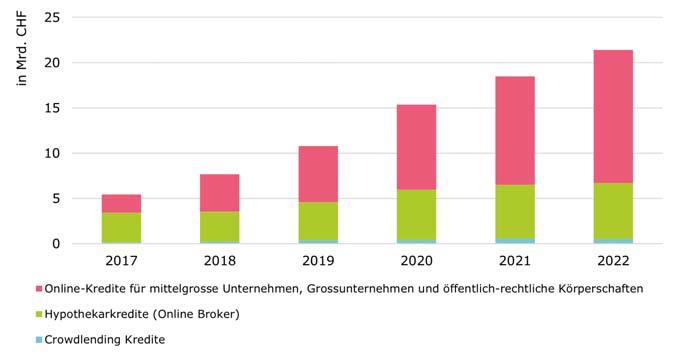Corporate taxation: Central Switzerland undisputed "tax paradise
As KPMG's "Swiss Tax Report 2017" shows, there were no significant shifts in tax rates last year. Following minor reductions last year, a trend towards stagnation in ordinary corporate income tax rates is again discernible for 2017.

KPMG's "Swiss Tax Report 2017" compares the profit and income tax rates of 130 countries and all 26 cantons. With a few exceptions, the current edition shows no significant shifts: Following minor reductions in 2016, a trend towards stagnation in ordinary corporate income tax rates is again apparent for the current year, it says. Over the last ten years, the average tax rate in the Swiss cantons has fallen by 2.99%, the Tax Report continues. A similar picture emerges for individual taxation: After a moderate downward trend, average top tax rates seem to have stagnated in recent years, with the majority of top tax rates varying only marginally. Various political developments at home and abroad could provide more momentum in tax competition in the medium term.
Central Switzerland undisputed leader in corporate taxation
In a national comparison, the tax ranking continues to be led by the cantons of central Switzerland. In terms of ordinary profit tax rates, the majority of Swiss cantons made no change. While Lucerne slightly increased its tax rate from 12.32% to 12.43%, Schaffhausen lowered its ordinary profit tax rate from 16.04% to 15.97% and the canton of Graubünden from 16.68% to 16.12%. A further reduction in tax rates from 15.01% to 14.92% was recorded in the canton of Uri. Tax rates also remained largely unchanged in the lower tiers, which are shared by Western Switzerland, the Central Plateau and the city cantons. Only Solothurn has reduced its profit tax from 21.85% to 21.49%. In connection with the upcoming Tax Bill 17, however, further reductions are to be expected, especially in the high-tax cantons.
Switzerland in the front third
In a European comparison, there were no significant changes in 2016 - except for those in Hungary and Italy: While Hungary made a drastic tax rate cut from 19% to 9%, the rate in Italy was reduced from 31.40% to 24%. Looking at Europe, the cantons of Central Switzerland in particular remain well positioned, led by Lucerne (12.43%). Lower ordinary profit tax rates are only applied by the Channel Islands and a few Southeastern European countries. The biggest competitor in Europe is still Ireland, with an ordinary profit tax rate of 12.50%.
From a global perspective, in addition to the well-known offshore domiciles, Hong Kong and Singapore in particular are among the attractive tax locations for companies. Switzerland ranks in the top third in a global comparison. Over the last ten years, there have been some significant reductions in profit tax rates, particularly in the Middle East. The UK has announced that it will reduce its profit tax to 17% by 2020.
Source: KPMG









